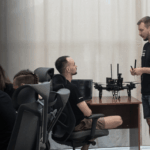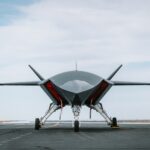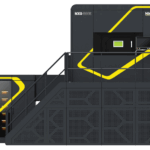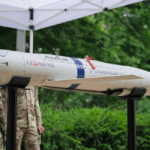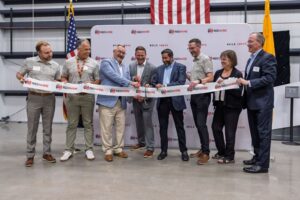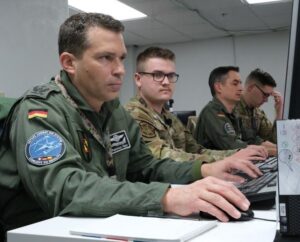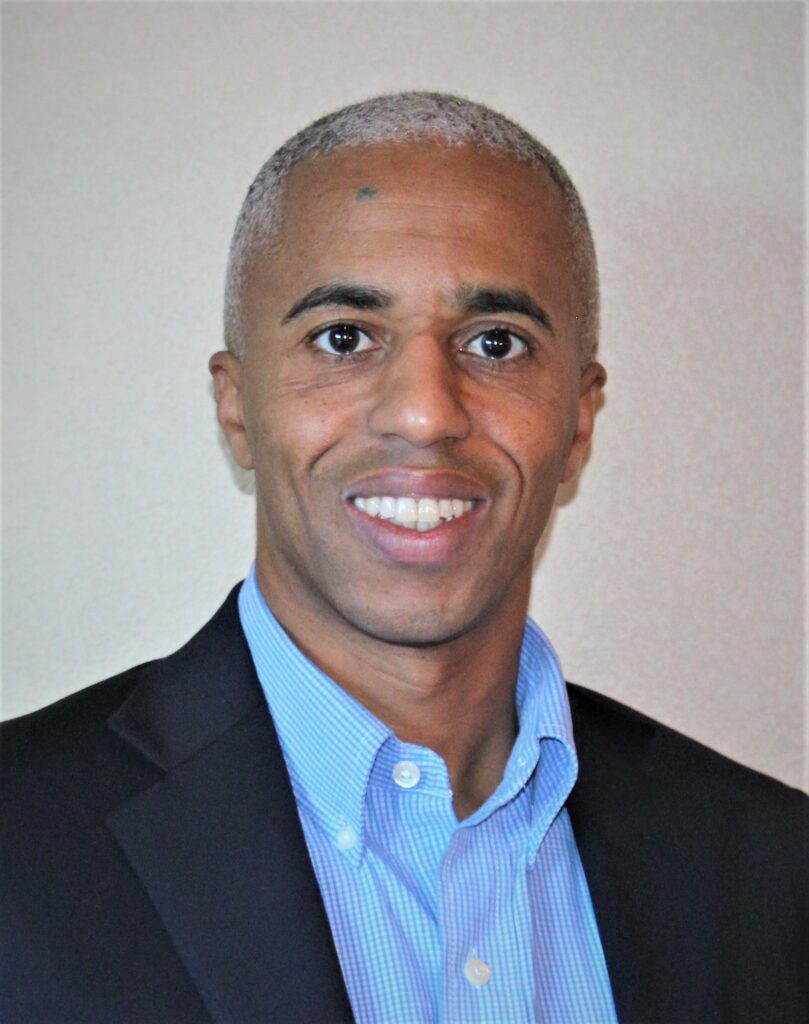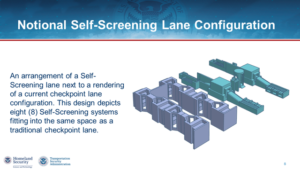
The Department of Homeland Security Science and Technology Directorate in the past month has awarded small contracts to two high-technology start-ups that have developed video analytics software for commercial applications with the goal to apply the technology to potential passenger self-screening systems at airport checkpoints. The awards to Lauretta AI and Deep North are for just under $200,000 each and were made through S&T’s Silicon Valley Innovation Program (SVIP), which taps into commercial research and development companies that have developed…

 By
By 